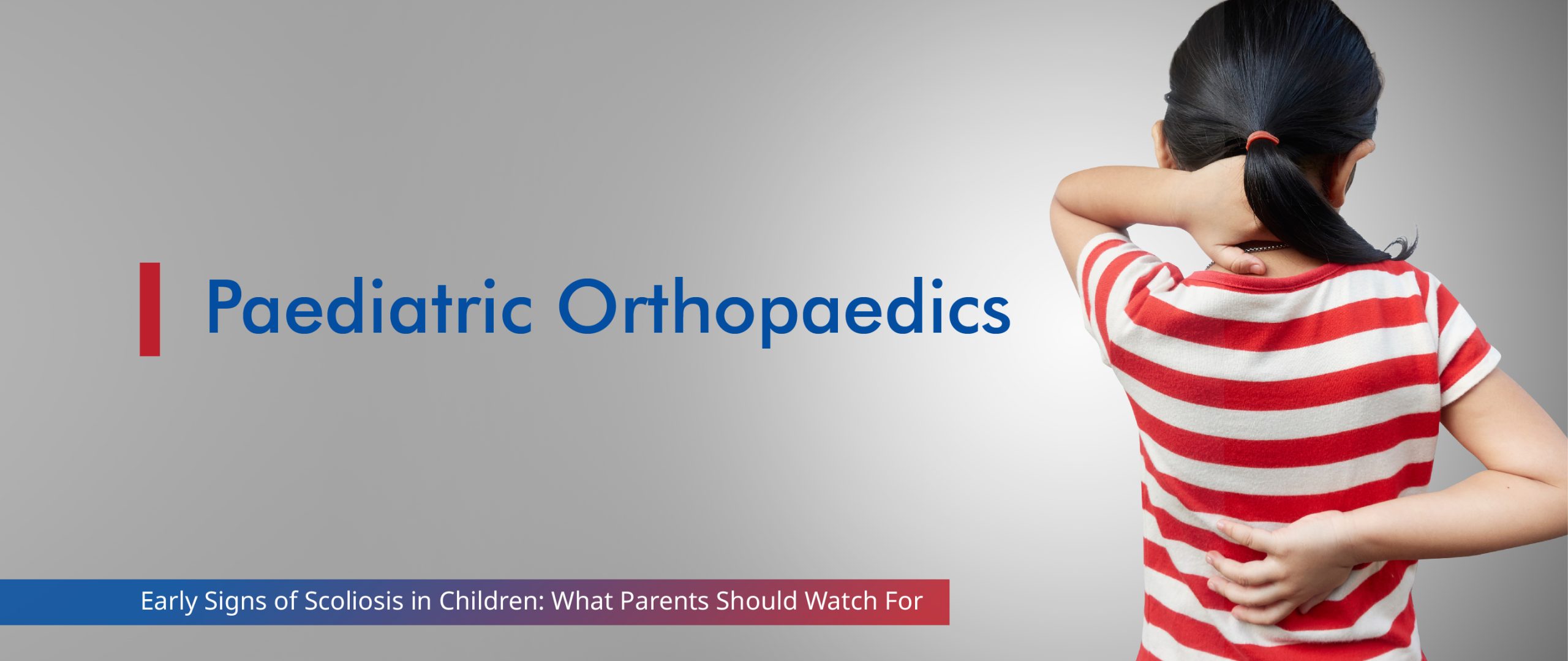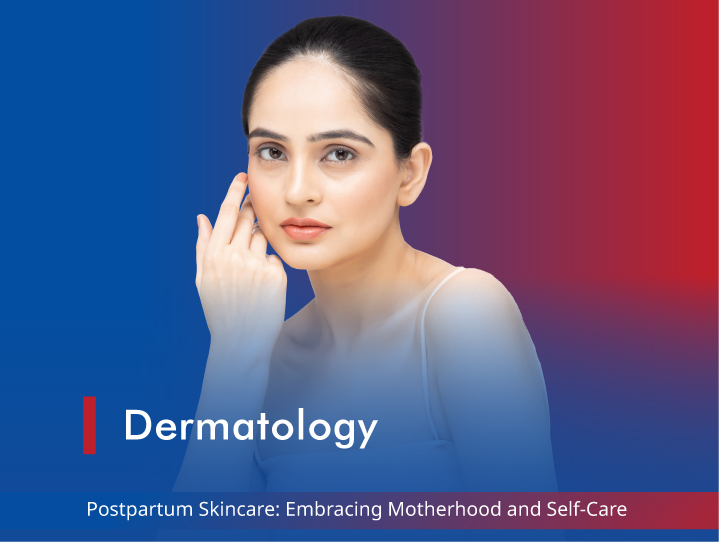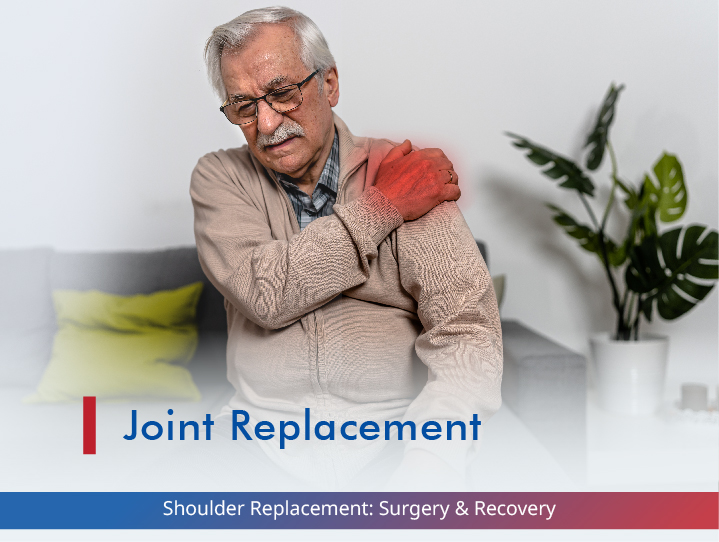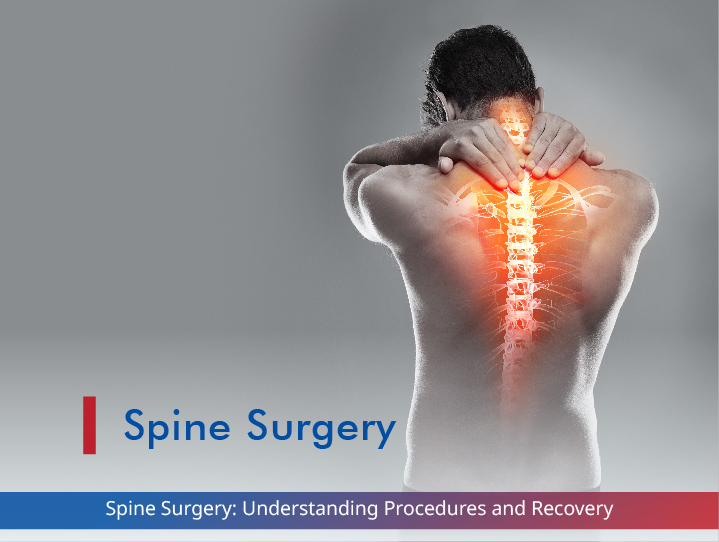Introduction
Scoliosis in children is a medical condition characterized by an abnormal side-to-side spine curvature, often forming an “S” or “C” shape. While a normal spine appears straight when viewed from behind, a child with scoliosis may seem to lean to one side. This curvature can occur on either side of the spine and may affect the thoracic (middle) and lumbar (lower) regions. Early diagnosis and prompt intervention are crucial to managing this condition effectively.
Let’s understand the reasons, symptoms, diagnosis, and treatment options for scoliosis in children, providing parents with the information they need to support their child’s bone health.
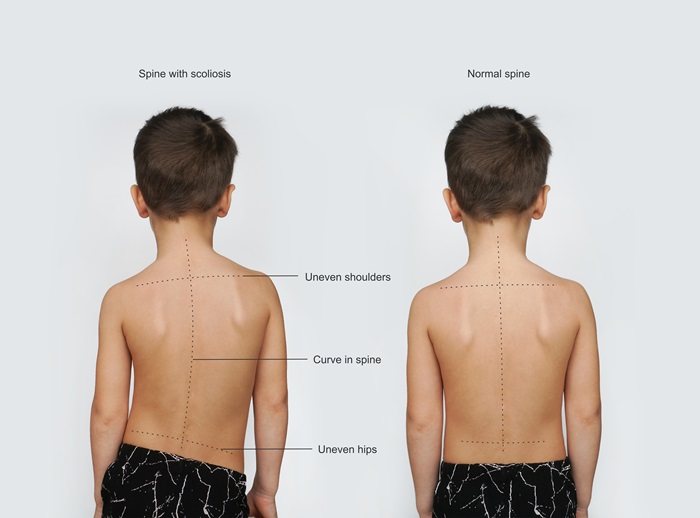
Types of Scoliosis
There are three main types of scoliosis:
Born With It or Congenital Scoliosis: It Happens because of spine bones forming incorrectly before birth
- Might be noticed in babies or later in childhood
- Can get worse as the child grows
- Doctors usually watch it closely
- Some kids require an early surgery, a few require later, and some may not require a surgery depending on the type of birth defect
Scoliosis With No Known Cause or Idiopathic Scoliosis: It is the most common type, but the cause is still being researched actively
- Often starts around age 10
- Can get worse during growth spurts
- If it begins before age 2, it’s called infantile idiopathic scoliosis
Scoliosis Linked to Other Conditions or Neuromuscular Scoliosis: It happens in people with certain nerve or muscle conditions
- Common in conditions like cerebral palsy or muscular dystrophy
- Weak or unbalanced muscles can cause the spine to curve
- Very large curves (over 80 degrees) can make breathing hard
- Braces might help slow it down
- Doctors might suggest surgery if the curve gets to 50 degrees
Causes of Scoliosis in Children
The cause of scoliosis in children is often unknown, a condition called idiopathic scoliosis. However, several factors may contribute to its development:
- Genetic Factors: This condition can run in families, suggesting a hereditary component.
- Neuromuscular Conditions: Disorders such as cerebral palsy or muscular dystrophy can lead to scoliosis.
- Congenital Scoliosis: Some children are born with spinal deformities that cause scoliosis.
- Leg Length Discrepancy: Differences in leg lengths can result in spinal curvature.
- Injuries or Infections: Trauma or infections affecting the spine can lead to scoliosis.
- Tumours: Although rare, tumours can cause spinal curvature.
Scoliosis is most commonly diagnosed in children between 10 and 18 and tends to affect more girls than boys.
Symptoms of Scoliosis in Children
Recognising the symptoms of scoliosis in the early phase is vital for effective intervention. The following are common signs of scoliosis in children:
- Unequal Shoulders: One shoulder may appear higher than the other.
- Asymmetrical Waist: The waist may look uneven or tilted.
- Prominent Shoulder Blade: One shoulder blade may protrude more than the other.
- Leaning to One Side: The child may appear to lean to one side when standing.
- Uneven Hips: One hip may be higher than the other.
- Rib Hump: When bending forward, one side of the rib cage may appear higher.
These symptoms may vary in severity and may resemble other back problems. Therefore, it’s essential to consult a doctor for an accurate diagnosis.
How is Scoliosis Diagnosed in a Child?
The doctors will perform a comprehensive analysis to diagnose scoliosis, which includes:
- Medical History and Physical Inspection: The doctor will assess the child’s medical history and perform a physical exam to check for spinal curvature.
- X-rays: This diagnostic test is the primary tool for diagnosing scoliosis, allowing the doctor to measure the degree of spinal curvature.
- MRI or CT Scan: These imaging tests may be used to provide detailed views of the spine and rule out other conditions.
- Scoliometer: A scoliometer is a tool used to measure the angle of trunk rotation, helping to assess the severity of scoliosis.
Early detection is crucial, as untreated scoliosis can lead to breathing difficulties and eventually excessive load on the heart.
Treatment for Scoliosis in Children
The treatment approach for scoliosis depends on several factors, including the child’s age, the severity of the curve, and the potential for progression. The following are the common scoliosis treatment options:
- Observation: Regular monitoring by a doctor is essential for mild curves to track any changes in the spine’s curvature.
- Bracing: If the child is still growing and the curve is moderate, doctors may recommend a brace to prevent further progression. Bracing is most effective when worn as prescribed.
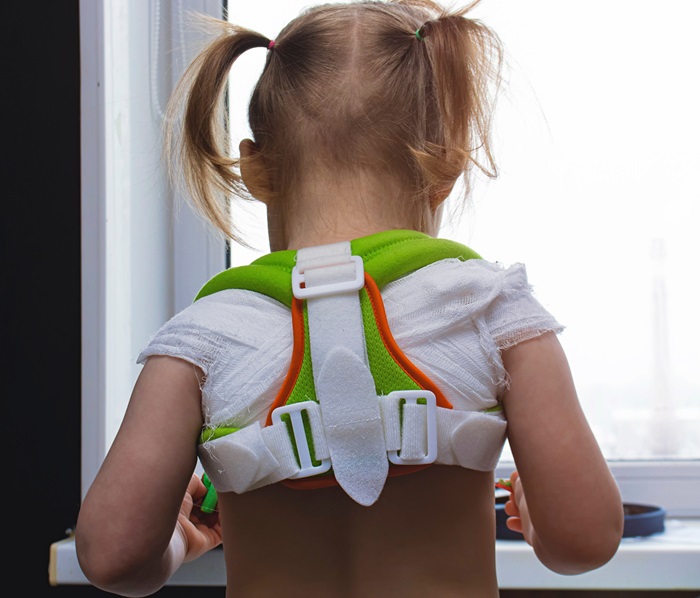
- Surgery: Surgical management may be necessary in severe cases where the curve measures 45 degrees or more. Spinal fusion is the most commonly performed surgical procedure involving fusing the vertebrae to correct the curvature.
- Physical Therapy: Physical activities and physical therapy can improve posture, flexibility, and strength, supporting overall spinal health.
Conclusion
Scoliosis in children is a manageable condition when detected early and treated appropriately. Parents play a crucial role in recognising the early signs of scoliosis and seeking medical advice. Children with scoliosis can lead active, healthy lives with the proper intervention. Keeping up with regular check-ups and following treatment plans are essential for preventing complications and ensuring the best outcomes.
FAQs
How serious is scoliosis in kids?
Scoliosis can range from mild to severe. While mild cases may require only observation, severe scoliosis can lead to complications affecting the heart and lungs if left unattended. A timely diagnosis and proper treatment are crucial to manage the condition effectively.
Does childhood scoliosis go away?
Scoliosis does not typically resolve on its own, but with proper treatment, its progression can be halted or significantly slowed. In some cases, mild scoliosis may not progress and may not require treatment.
Is it okay to live with scoliosis?
Many children with scoliosis live normal, active lives. Treatment can help manage symptoms and prevent their progression, allowing individuals to maintain their quality of life.
What is the best treatment for scoliosis in children?
The best scoliosis treatment depends on the severity of the spine curve and the child’s age. Options include observation, bracing, and surgery. A doctor recommends the most suitable treatment based on individual needs.
